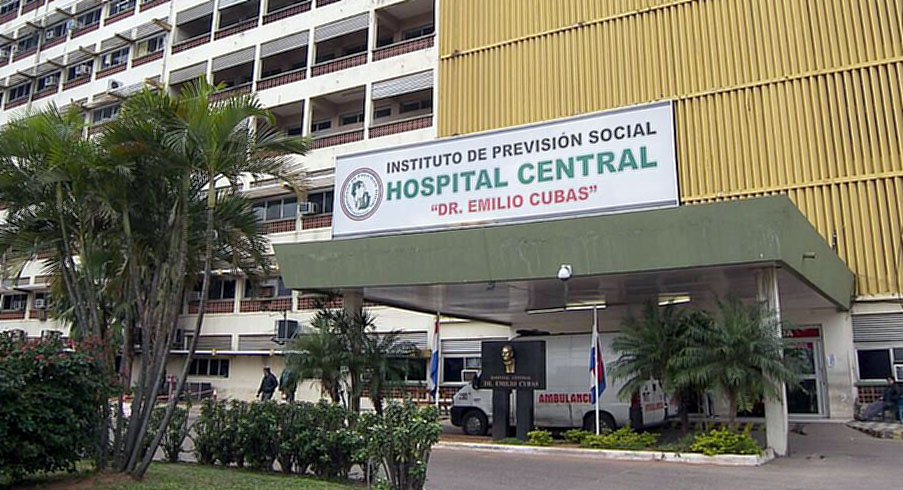The resource gap remains. The World Health Organization (WHO) has suggested that each country should allocate 6% of its Gross Domestic Product (GDP) to its public health system (WHO; PAHO, 2018). However, between 2010 and 2022, Mexico has only allocated between 2.5% and 2.9%, this is less than half of the international suggestion, refers to the analysis of Health Expenditure and Sustainable Development Goals.
“The expenditure per person in health is falling, there is a complicated situation in macroeconomic terms, the inflation issue is affecting households, that is why we believe that Mexico is not prepared in terms of resources, what is more, there was the Fund of Salud para el Bienestar (FONSABI) to eventually address some pandemics, it was used with the issue of influenza; of covid-19, although we do not know what, and the remainder will be used, then we will not have this Fund if we need to have a response, ”said the CIEP specialist.
According to the CIEP, the population that has a lack of access to health services went from 16.2% in 2018 to 28.2% in 2020. In addition, 15.1% of the population with affiliation must pay for health services and 7.2% of the population takes more than two hours to reach a hospital.
Alejandra Macías, executive director of the CIEP stressed that public health spending policy must consider the country’s demographic transition.
“This situation puts us at risk because finally more older adults are going to require more health services, but it is not foreseen in the budgets; Neither do the epidemiological changes, before we got sick more from infectious issues, now we have longer illnesses, more expensive treatments, we must better finance health spending to be prepared for a pandemic, because pandemics arrive and we shift attention to these diseases, and this is risky for everyone,” commented Macías.












